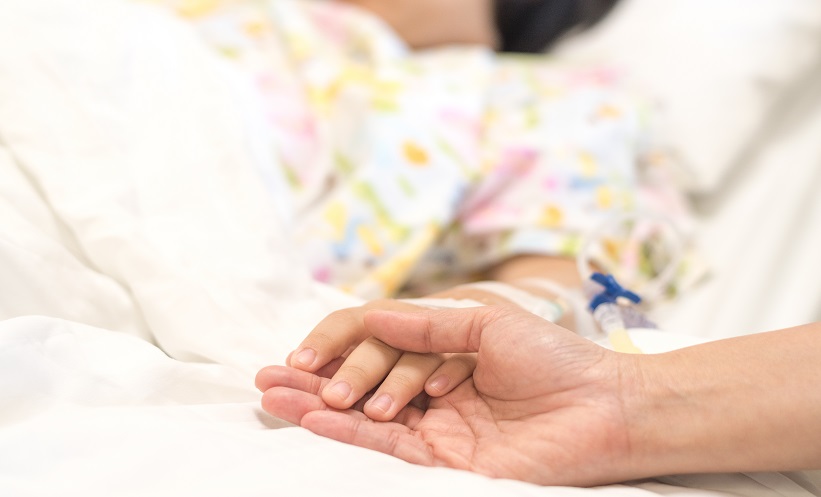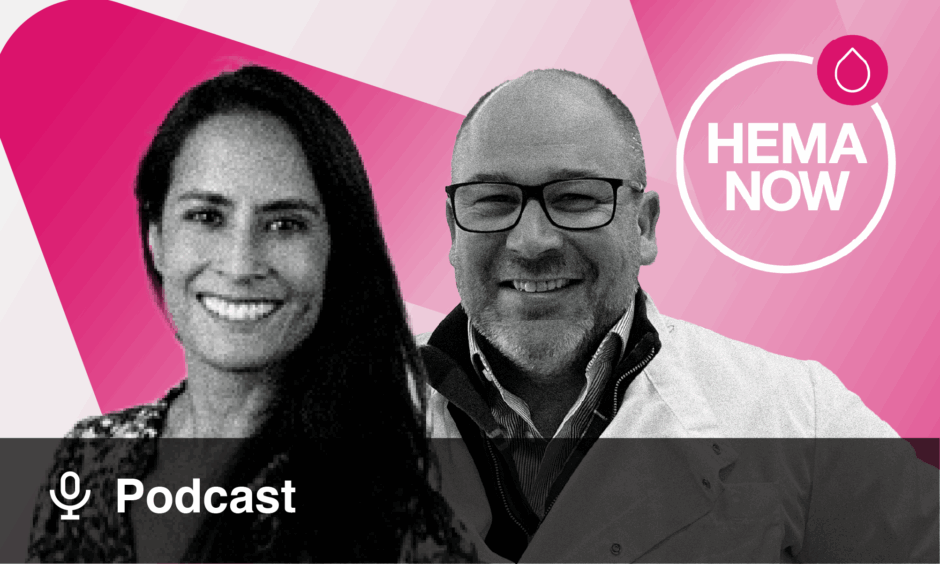BACKGROUND
Cord blood transplantation (CBT) from a related family member is an effective therapy for patients with sickle cell disease (SCD) resulting in encouraging outcomes with similar or superior survival to adult donor transplant. Efforts to implement family-directed umbilical cord blood (UCB) banking have been developed in the past two decades for siblings requiring stem cell transplantation. Public UCB banks are faced with the challenge regarding the units to be stored, be discarded, or used for other endeavours such as research.
AIM OF THE STUDY
We report here our 20-year experience in family-directed UCB banking for SCD. The aim of the study is to review the characteristics of the UCB units collected between 1995 and 2014 and to evaluate their take-up rate.
METHODS
Families were eligible if they had a child with SCD and were expecting the birth of a sibling. Participation was voluntary and free of charge. All mothers underwent a panel of serologic screening tests. UCB units were collected in remote sites. Collections were processed and stored in two public banks. UCB testing included viral serology, bacterial cultures, and cell counts. Human leukocyte antigen typing of the UCB was not routinely performed unless requested by the physician caring for the affected child.
RESULTS
A total of 338 directed UCB units were collected and stored for 302 families, including 4 mothers with twins and 28 with two to three births. All collections were for an existing affected sibling. Potential recipients had a median age of 6 years (range: 11 months–15 years) at time of UCB harvest. Fifteen families (5%) had more than one affected child.
All UCBs were negative for human immunodeficiency virus and 64 UCBs (30%) had positive hepatitis B surface antigen and/or anti- hepatitis B core antigen with negative hepatitis B surface antigen. Median UCB volume at cryopreservation was 91 mL (range: 23–196) with a unit volume lower than 40 mL in only 9% of the cases (29 units). Median total nucleated cell count at cryopreservation was 8.6×108 (range: 0.7–75×108). The median collected CD34+ and colony forming units of granulocytes-monocytes colonies cell counts were 2.5×106 (range: 0.14–61×106) and 3.4×105 (range: 0.15–63×105), respectively.
The haemoglobin status of the UCB units was assessed through the neonatal screening. Data were available for 298 UCBs (88%), including 105 (31%) haemoglobin AA, 152 (45%) haemoglobin AS, 36 (11%) haemoglobin SS, and 5 (<1%) other types of abnormal haemoglobin.
Out of 338 banked UCB units 28 were released for CBT either alone (n=24) or in combination with the bone marrow of the same donor (CBT + bone marrow transplant, n=4), reflecting a utilisation rate of 8% over 20 years. Infused cells had a median total nucleated cell count of 3.7×108 (range: 0.2–10.4×108) and median CD34+ of 1.7×106 (range: 0.2–38.4×106). Post-transplant data was available for 25 patients: all of them have stable engraftment of donor cells and are alive, free of SCD.
CONCLUSION
Our data showed that family-directed UCB banking is feasible and yields good quality cord blood units for sibling transplantation. However, the number of CBTs performed is disappointing despite the good results of sibling transplantation in SCD. Therefore, one must think about the cost-effectiveness of this approach when a human leukocyte antigen identical sibling donor is available.






